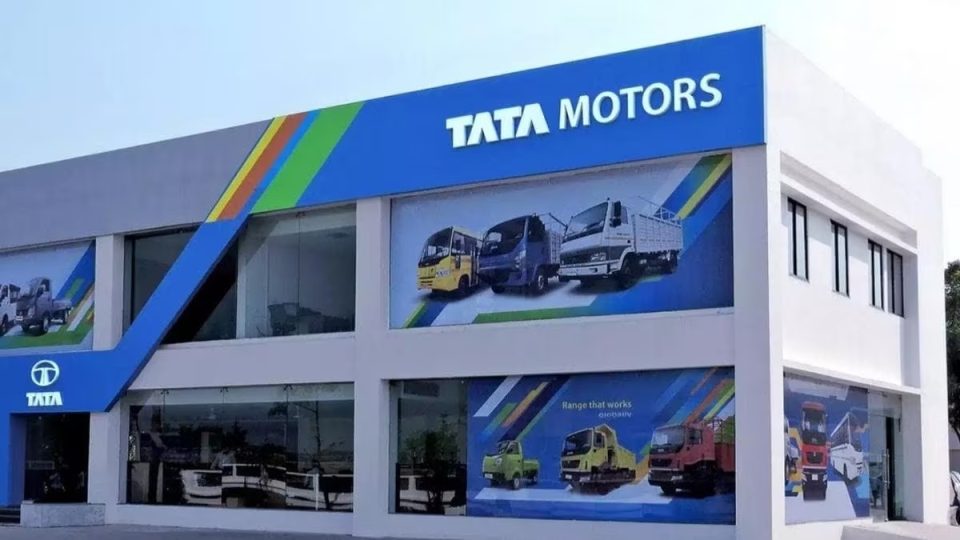Tata Motors Limited shares gained 3% to hit a new 52-week high at Rs 646.90 around 11.25 am on July 26 after about 22 lakh shares changed hands on the NSE.
The company’s board of directors accepted the cancellation of DVRs and traded them with ordinary shares. Under the planned scheme, Tata Motors will issue 7 fully paid-up ordinary shares of face value Rs 2 each for every 10 DVRs.
Moreover, the automobile producer described a combined Q1 net profit of Rs 3,203 crore boosted by the enhanced margin of its passenger vehicle (PV) corporate and robust sales at its luxury cars, Jaguar Land Rover (JLR). The company’s capex expenditure doubled to Rs 1,964 crore in the first quarter.
Several brokerages are also buoyant on Tata Motor’s first quarter earnings after it topped analyst approximations by a healthy margin.
Motilal Oswal Financial Services (MOFSL) has mentioned that the business should witness a vigorous recovery as supply-side issues ease (for JLR), along with a better mix, lower concessions, and operating leverage. It assumes second-quarter production and cash flow to be lesser than Q1 amid the annual summer plant shutdown. However, wholesales and profitability are anticipated to align with recent quarters. MOFSL has engaged a buy rating with a target price of Rs 750.
Nuvama Institutional Equities stated that revenue growth would be driven by production ramp-up and the huge incomplete order book, i.e.,185,000 units from Defender, Range Rover, and Range Rover Sport. It expects a 16% revenue CAGR over FY23–25E.
Jefferies maintains a buy with a target price of Rs 800. Broking firm CLSA said margins will improve as production and volumes increase, and commodity costs decrease.
Operational revenue augmented 42% to Rs 1.02 lakh crore in the quarter under review. The company said earnings before interest, taxes, depreciation, and amortisation (EBITDA) stood at Rs 14,700 crore, up 177%.
JLR, Tata Motors’ British arm, posted a 57% increase in revenue to £6.9 billion. Robust wholesales and a better product mix determined this enhancement. However, commercial vehicle (CV) volumes declined by 15% compared to last year, attributed to the transition to BS6 Phase 2.
 Live
Live

